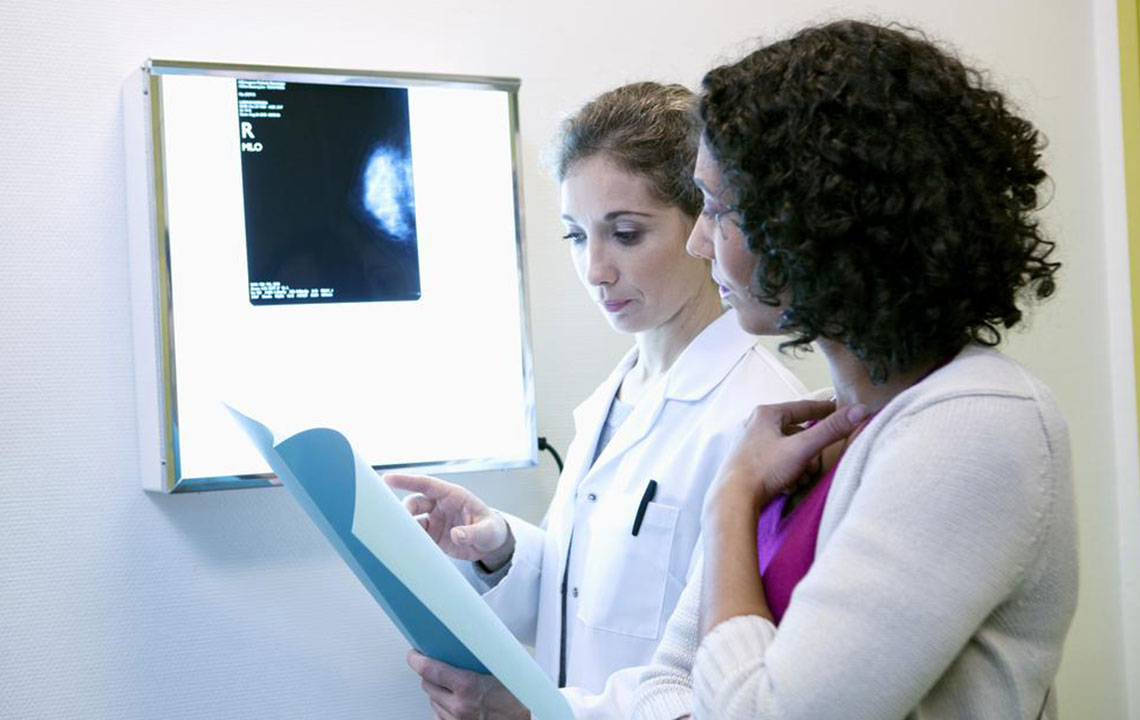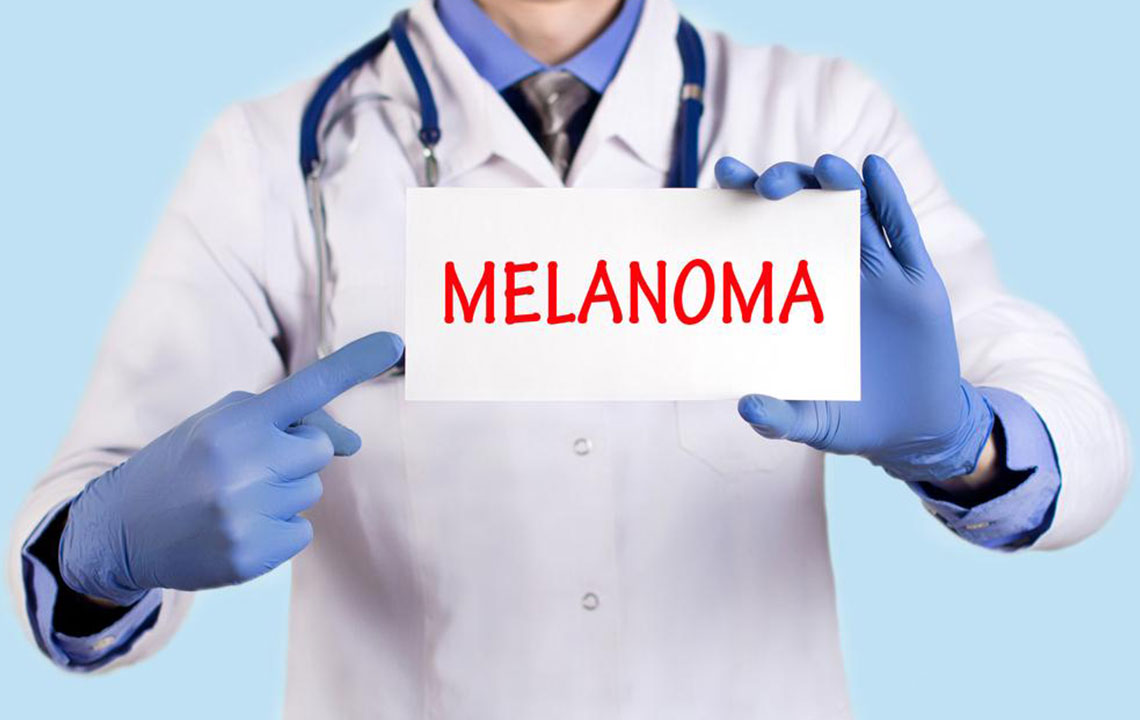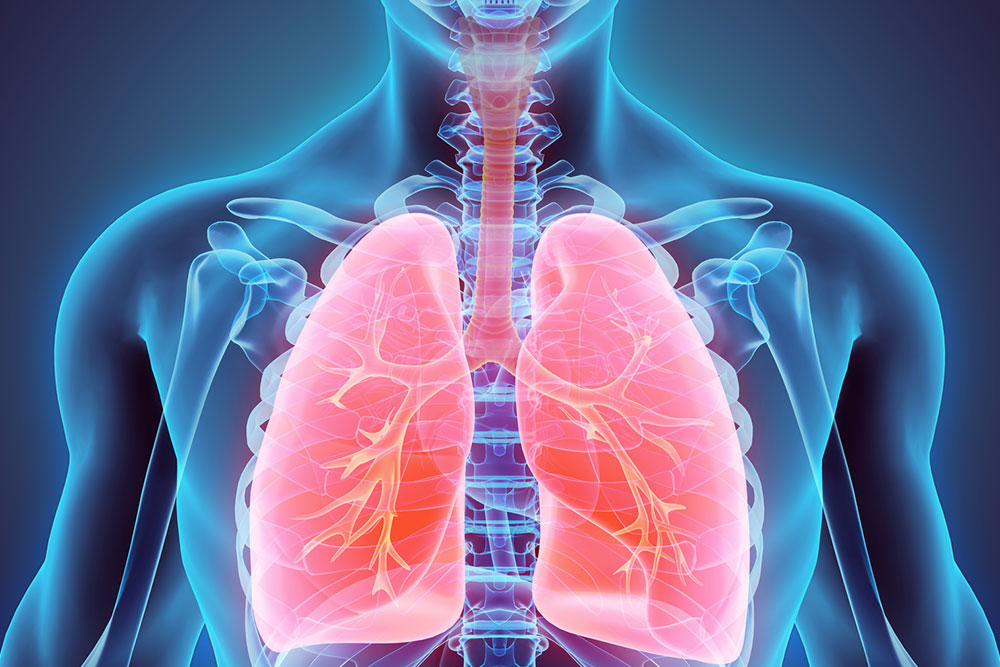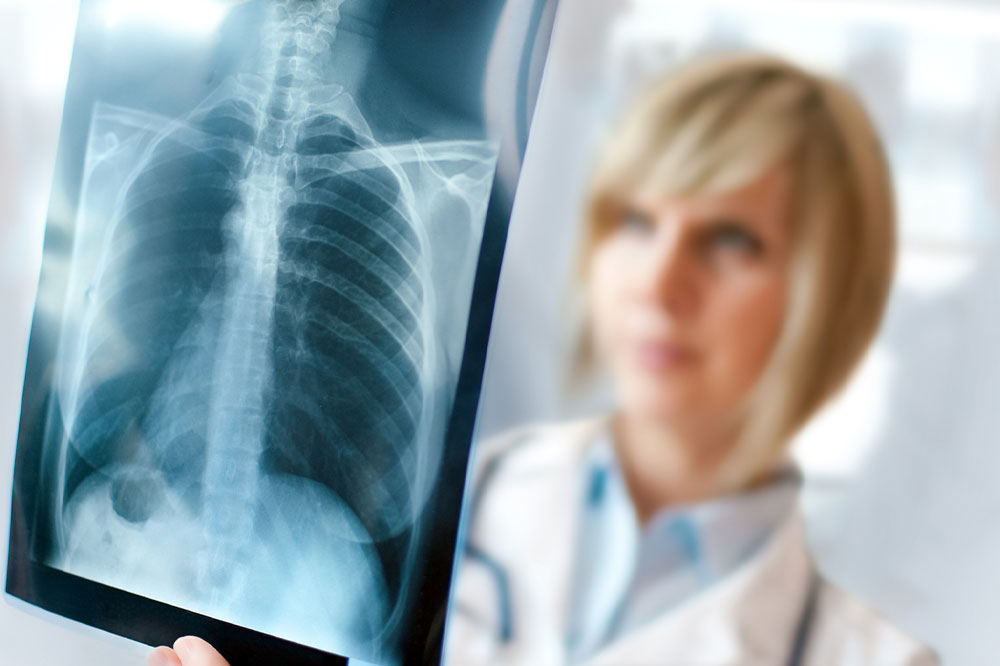Deep Dive into HER2-Positive Breast Cancer: Symptoms, Causes, and Advanced Treatment Options
HER2-positive breast cancer is a highly aggressive form marked by HER2 overexpression. Early detection, accurate diagnosis, and targeted treatments are essential for improving patient outcomes. This comprehensive guide covers symptoms, causes, diagnosis, treatment options, and preventive measures, emphasizing the importance of personalized care and ongoing management to enhance survival rates and quality of life for affected individuals.

Deep Dive into HER2-Positive Breast Cancer: Symptoms, Causes, and Advanced Treatment Options
HER2-positive breast cancer is a specific and more aggressive subtype of breast cancer characterized by an abnormal overexpression of the human epidermal growth factor receptor 2 (HER2) protein on the surface of cancer cells. This overproduction promotes rapid tumor growth and a higher likelihood of disease progression. Despite its aggressive nature, early detection combined with innovative targeted therapies can significantly improve patient outcomes. Understanding the intricacies of HER2-positive breast cancer—including its symptoms, underlying causes, diagnostic procedures, and treatment options—is crucial for patients, healthcare professionals, and caregivers seeking effective management strategies.
What Is HER2-Positive Breast Cancer?
This subtype of breast cancer is identified by elevated levels of HER2 proteins on the surface of cancer cells. HER2 is a receptor that belongs to the family of epidermal growth factor receptors (EGFR), which play a vital role in cell growth and repair. When HER2 is overexpressed, it leads to excessive cell proliferation, unchecked growth, and a higher likelihood of metastasis. Approximately 20% of all breast cancers fall under this category, making it one of the prominent subtypes that necessitate specific diagnostic and therapeutic approaches.
Notably, HER2-positive breast cancers tend to be more aggressive than other forms, but advancements in targeted treatment options have transformed the prognosis and management of this disease. The cornerstone of managing HER2-positive breast cancer lies in early diagnosis and personalized treatment strategies tailored to the tumor's biological features.
Early detection, combined with precision medicine techniques, plays a pivotal role in improving survival rates and quality of life for patients diagnosed with HER2-positive breast cancer. This subtype requires a comprehensive approach focusing on accurate diagnosis, effective treatment, ongoing monitoring, and supportive care.
Recognizing Symptoms and Indicators
While many clinical signs of HER2-positive breast cancer are common to other types of breast cancer, certain features may develop rapidly or be more prominent due to its aggressive nature. Awareness of these symptoms facilitates prompt medical consultation and early intervention, which are critical for effective treatment.
Persistent breast or underarm lump: One of the most common signs, often noticeable as a firm, painless mass that persists over time.
Changes in breast shape or size: Sudden swelling, distortion, or asymmetry that might be accompanied by skin changes.
Nipple anomalies: Discharge, inversion, or alterations such as redness and scaling around the nipple and areola.
Skin anomalies: Redness, puckering or dimpling of the skin surface resembling peau d'orange, indicating underlying tumor activity.
Pain or tenderness: While pain is less common initially, ongoing discomfort in the breast or armpit area may signal tumor growth or spread.
If any of these symptoms are observed, it is crucial to schedule an immediate consultation with a healthcare provider for thorough evaluation and prompt diagnosis.
Delving into Causes and Risk Factors
The exact causes of HER2-positive breast cancer remain under investigation, but research has identified several risk factors that increase the likelihood of developing this aggressive disease.
| Risk Factor | Description |
| Genetic mutations | Alterations in the HER2 gene that lead to its overexpression, often inherited or acquired mutations. |
| Family history | A history of breast cancer in relatives, especially first-degree family members, significantly elevates risk. |
| Age | The majority of cases are diagnosed in women aged 50 and above, although younger women can also be affected. |
| Hormonal influences | Prolonged use of hormone replacement therapy (HRT) and hormonal imbalance can be contributing factors. |
| Lifestyle choices | Smoking, alcohol consumption, sedentary lifestyle, and obesity are associated with increased risk. |
| Reproductive history | Early onset of menstruation, late menopause, or delayed first pregnancy beyond 30-years-old can influence risk levels. |
While not all individuals with risk factors will develop HER2-positive breast cancer, awareness and lifestyle modifications can reduce susceptibility and aid in prevention.
Diagnostic Approaches and Techniques
Early and accurate diagnosis involves a combination of techniques designed to confirm the presence of cancer and determine its HER2 status; these include:
Biopsy: Tissue samples obtained via core needle or excisional biopsy allow pathologists to confirm cancer and test for HER2 expression.
Immunohistochemistry (IHC): This staining technique evaluates HER2 protein levels on tumor cell surfaces, helping classify HER2 status as positive or negative.
Fluorescence In Situ Hybridization (FISH): A molecular test that detects HER2 gene amplification, providing definitive confirmation of HER2 overexpression.
Imaging modalities: Mammography, ultrasound, and magnetic resonance imaging (MRI) are vital for visualizing tumor size, location, and potential metastasis.
Combining these methods enhances diagnostic accuracy, informing optimal treatment planning.
Comprehensive Treatment Strategies
Managing HER2-positive breast cancer requires a personalized approach based on tumor stage, patient health, and preferences. The primary treatment modalities include:
Targeted Therapy: The use of agents such as trastuzumab (Herceptin), pertuzumab, and others that specifically block HER2 receptors, preventing tumor growth and proliferation. These are often used alongside chemotherapy.
Surgical Interventions: Surgical options include lumpectomy, where only the tumor and some surrounding tissue are removed, or mastectomy, where the entire breast is excised. Surgery aims to eliminate primary tumors and assess lymph node involvement.
Radiation Therapy: Postoperative radiation aims to destroy residual cancer cells, reducing recurrence risk, especially in cases where breast-conserving surgery is performed.
Systemic Therapies: Chemotherapy, hormone therapy (if ER/PR positive), and immunotherapy can be integrated based on specific tumor biology.
Lifestyle and Supportive Care: Maintaining a balanced diet, engaging in regular physical activity, stress management, and psychological counseling are vital components of comprehensive care.
Continuous advancements in targeted therapies and combination regimens are improving clinical outcomes and survival rates.
Preventive and Monitoring Measures
While preventing HER2-positive breast cancer entirely is challenging, certain proactive steps can minimize risk and facilitate early detection:
Regular screening: Routine mammograms and clinical exams are essential for early detection, especially for women over 40 or at high risk.
Healthy lifestyle choices: Diet, physical activity, avoiding tobacco and alcohol, and weight management contribute to lowered risk.
Genetic counseling and testing: Recommended for individuals with significant family history, enabling personalized risk assessment and early interventions.
Although formidable, HER2-positive breast cancer is treatable, and advancements in targeted treatments have significantly enhanced prognosis and quality of life. Early detection, personalized therapeutic approaches, and ongoing patient monitoring are crucial in combatting this disease effectively. Patients should maintain open communication with their healthcare team, adhere to recommended screening schedules, and pursue supportive care options for holistic management.
References
Breast Cancer Research Foundation
National Cancer Institute
American Cancer Society





